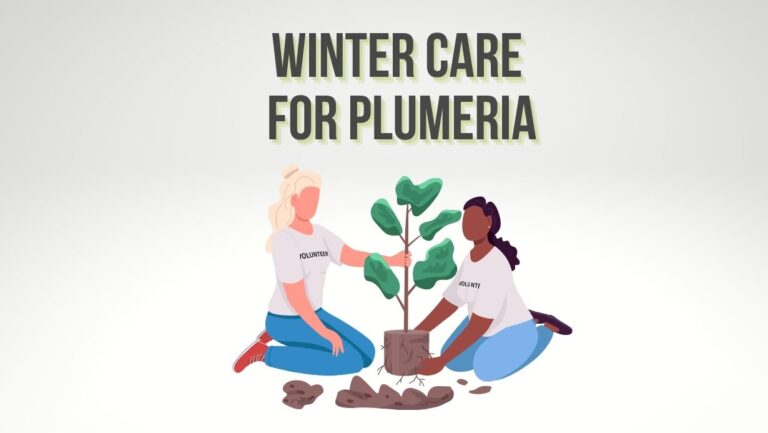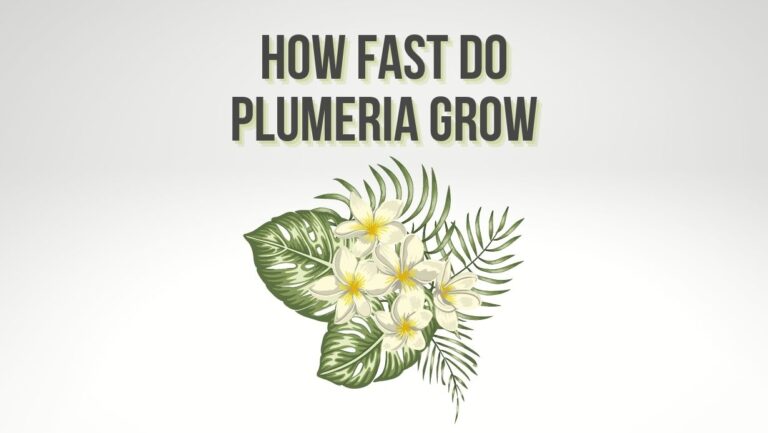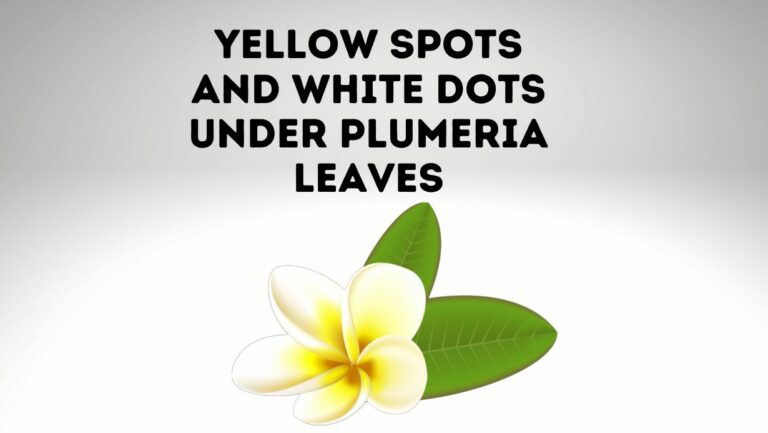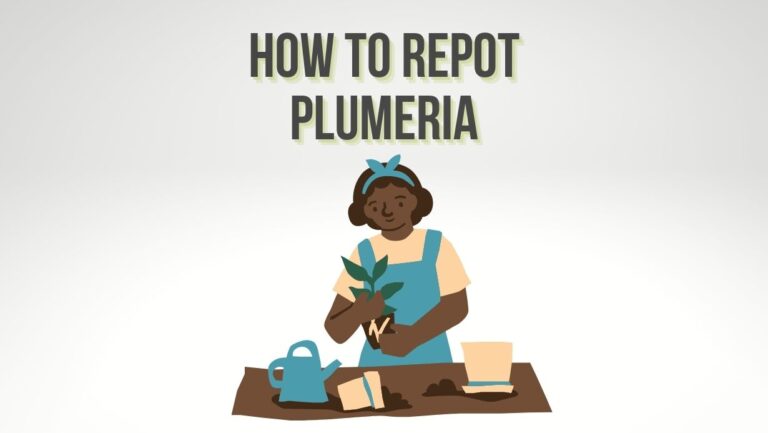
Several factors can cause a plumeria tree to die. Understanding these factors can help you identify and address potential issues.
Here are 7 common causes of plumeria tree decline:
- Overwatering: Plumeria trees are sensitive to excessive moisture and can suffer from root rot if they are consistently overwatered. This can lead to the decay of the root system and the eventual death of the tree. It’s important to provide well-draining soil and water the tree only when the top few inches of soil are dry.
- Underwatering: On the other hand, underwatering can also be detrimental to plumeria trees. If the tree is not receiving enough water, it may become stressed and exhibit signs of wilting, yellowing leaves, or leaf drop. It’s important to water plumeria trees regularly, especially during hot and dry periods.
- Freezing temperatures: Plumeria trees are tropical plants and are susceptible to damage or death when exposed to freezing temperatures. If your plumeria tree is grown in a region with cold winters, it’s crucial to protect it from frost by covering it or moving it indoors during freezing conditions.
- Poor soil conditions: Plumeria trees prefer well-draining soil that is rich in organic matter. If the soil is heavy and retains excessive moisture, it can lead to root rot and the decline of the tree. Similarly, poor soil fertility can result in nutrient deficiencies, which can weaken the tree’s overall health.
- Pests and diseases: Plumeria trees can be susceptible to various pests, including mealybugs, scale insects, or spider mites. These pests can sap the tree’s energy and weaken its overall health. Additionally, fungal diseases, such as powdery mildew or black tip fungus, can infect the leaves and stems, causing decline or death if left untreated.
- Improper pruning: Pruning is important for maintaining the health and shape of plumeria trees. However, improper pruning techniques, such as excessive pruning or incorrect timing, can cause stress and weaken the tree’s vitality, leading to its decline.
- Environmental stress: Plumeria trees can be sensitive to environmental stressors such as excessive heat, strong winds, or prolonged drought. These stressors can result in leaf drop, wilting, or overall decline if the tree cannot cope with unfavorable conditions.
To prevent the death of a plumeria tree, it’s important to provide it with appropriate care, including proper watering, well-draining soil, protection from extreme temperatures, and regular monitoring for pests and diseases. By addressing any potential issues promptly and providing a suitable environment, you can help your plumeria tree thrive and avoid its untimely demise.
How To Prevent Plumeria From Dying? 8 Tips
To prevent a plumeria tree from dying, it’s essential to provide it with proper care and attention. Here are some important steps you can take to help ensure the health and vitality of your plumeria:
- Choose the right location: Plant your plumeria tree in a location that receives full sunlight for at least six hours a day. Plumerias thrive in warm climates, so make sure the planting area has well-draining soil to prevent waterlogging.
- Water appropriately: Proper watering is crucial for plumeria trees. Water the tree deeply but infrequently, allowing the soil to dry out between waterings. Avoid overwatering, which can lead to root rot, but also ensure the tree receives sufficient moisture, especially during dry periods.
- Provide well-draining soil: Plumerias prefer soil that drains well to prevent root rot. If your soil is heavy or poorly draining, consider amending it with organic matter, such as compost or well-rotted manure, to improve drainage and provide essential nutrients.
- Fertilize regularly: Plumerias benefit from regular fertilization during the growing season. Use a balanced fertilizer specifically formulated for flowering plants or a fertilizer with a higher phosphorus content to promote blooming. Follow the package instructions for application rates and frequency.
- Prune with care: Pruning is important for maintaining the shape and health of your plumeria tree. Prune dead or diseased branches, and remove any suckers or branches growing too closely together. Prune during the dormant season or early spring before new growth appears.
- Protect from frost: If you live in an area with frost or freezing temperatures, it’s crucial to protect your plumeria tree. Cover it with a blanket or move it to a sheltered location indoors during cold periods to prevent frost damage.
- Monitor for pests and diseases: Regularly inspect your plumeria tree for pests like mealybugs, scale insects, or spider mites. If you notice signs of infestation, treat the tree with appropriate insecticidal soap or horticultural oil. Also, watch for signs of fungal diseases such as powdery mildew or black tip fungus and treat them promptly with fungicides if necessary.
- Provide support: As plumerias grow, they may require staking or support to prevent damage from strong winds or heavy blooms. Use stakes or a trellis system to support the tree as needed.
By following these guidelines and providing proper care, you can help prevent your plumeria tree from dying and promote its overall health and longevity. Regular observation, timely interventions, and a proactive approach to maintenance will contribute to a thriving plumeria tree.






